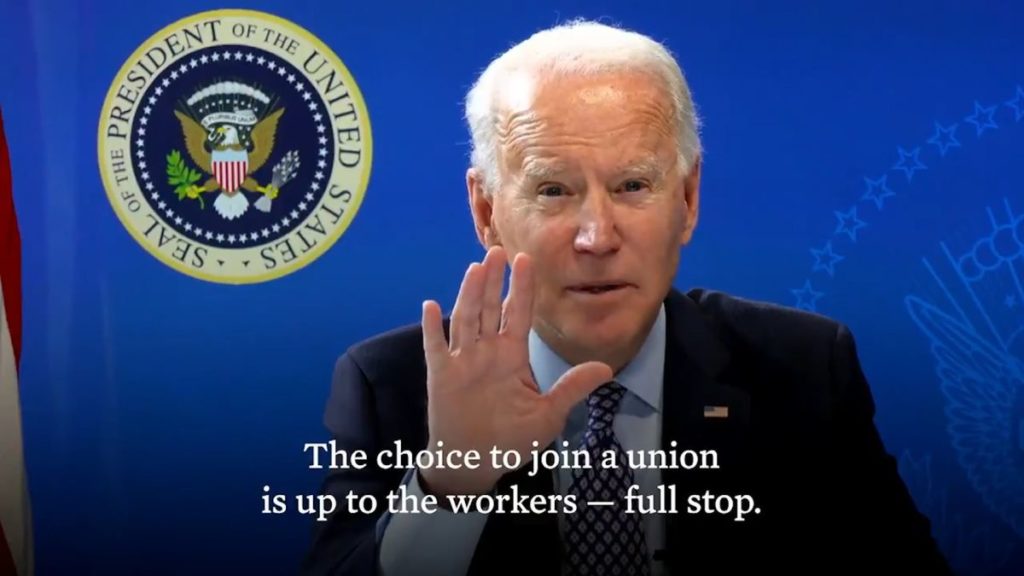The Amazon Struggle

The campaign by Amazon workers to unionize in Alabama, with a vote that concludes on March 29, marks a new age in a 500-year history of labor struggle in the United States.
Historians say it was an enslaved colonial workforce who launched the labor movement. The first uprising was a slave revolt in 1526. The Industrial Revolution sparked a second chapter. Organizing in steel mills, coal mines and meat-packing plants, modern unions won the weekend, the vacation, the pension and the eight-hour workday.
In the third era, warehouse workers for companies like Amazon are seeking the right to bargain collectively in a heavily automated, postindustrial service economy that relies on their low wages. On March 29, the results will be announced of a mail-in vote organized by the Retail, Wholesale, and Department Store Union at an Amazon warehouse in Bessemer, Ala., that employs almost 6,000 workers.
“They treat us like we’re just a number—like we’re nobodies,” Dale Richardson, an employee in Bessemer, told Voice of America.
…
Ironically, Amazon workers have more leverage than they realize, because they operate key structural nodes. Like coal miners and steelworkers in the middle of the 20th century, they can disrupt American life. Ms. Brown, after all, helps feed New York City. In places like the Inland Empire, the warehouse center east of Los Angeles that processes goods coming from China across the Pacific for the rest of the country, workers “have tremendous power to impose demands on federal government and the state,” said Erik Loomis, author of A History of America in Ten Strikes. “It was unions using that leverage who helped build the American Dream.”
he Amazon push has boosted the movement Fight for $15, which was launched after the 2008 financial crisis inspired sporadic strikes and protests, and later buoyed Bernie Sanders’s presidential campaigns. Although the Biden administration has failed to raise the federal minimum wage to $15, it has made it mandatory for federal contractors.
What is inspiring about the current struggle, said Christine Firer Hinze, chair of the theology department at Fordham, is that it carries “a spirit of solidarity” that hearkens back to pre–World War II labor movements that swept society. As unions evolved, they focused more intensely on their own workers and companies and less on society as a whole. But that is changing back “because people across society recognize that it’s absurd to work full-time and be poor,” said Dr. Hinze. “That’s a bad economy that’s not working.”
It’s a good article that frames this story in an interesting way.


